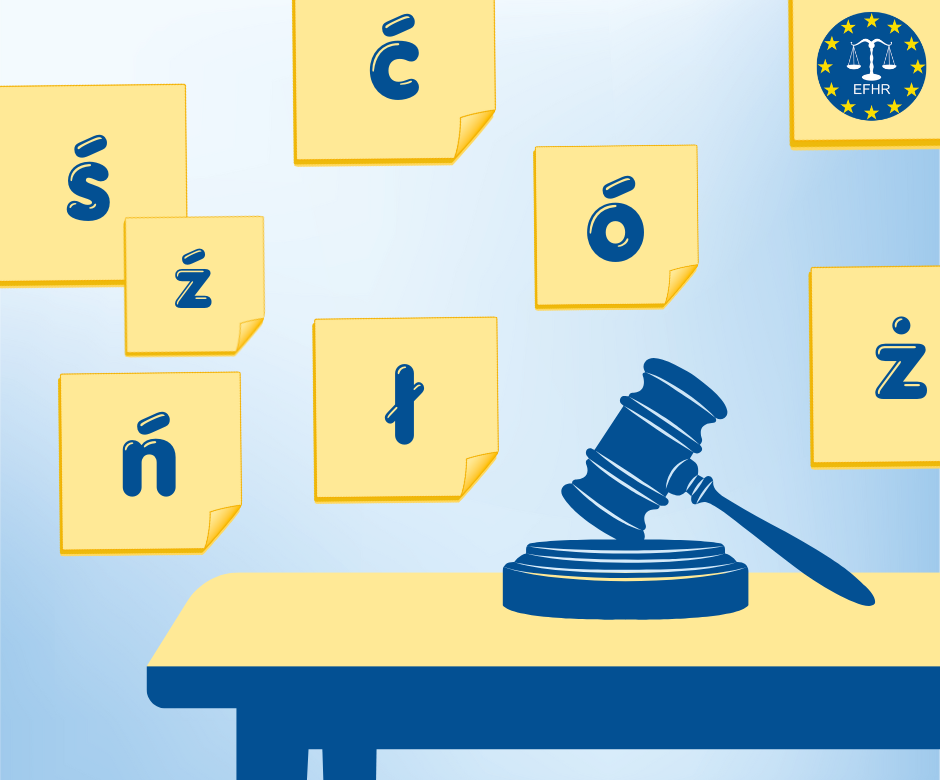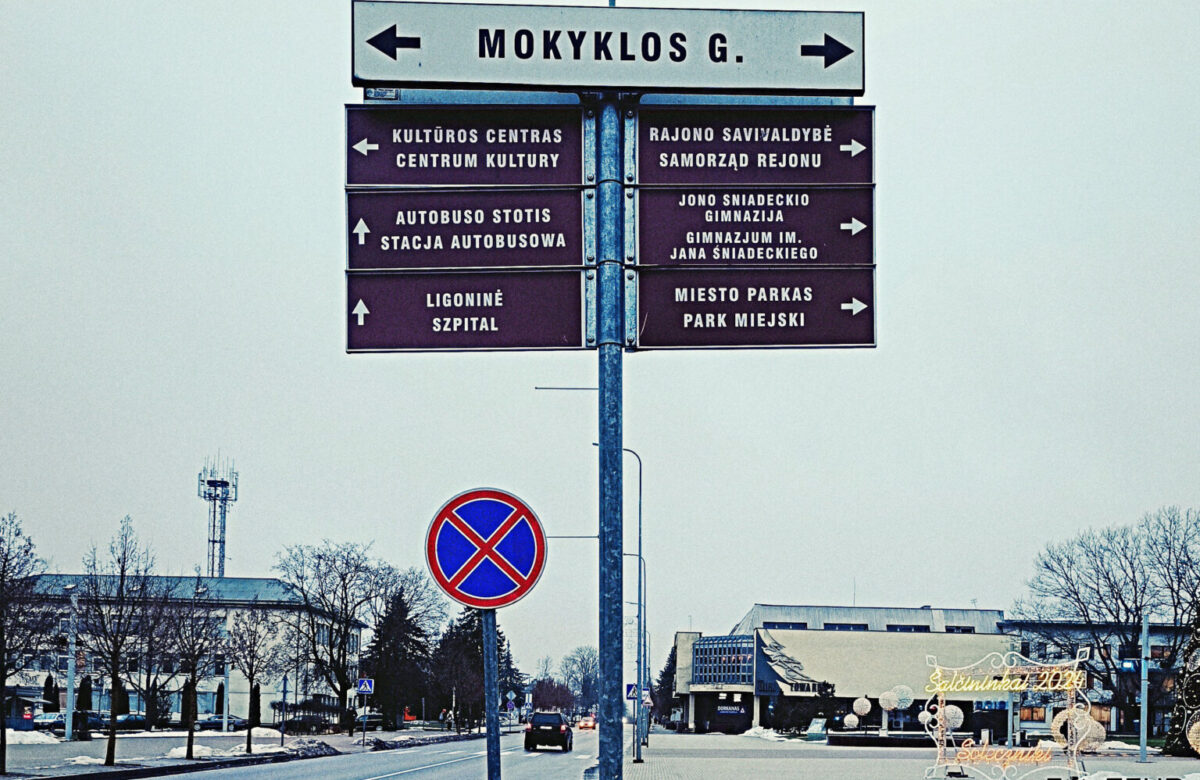- 2017/01/18
CASE OF KRAULAIDIS v. LITHUANIA – Application no. 76805/11 (2016)
Chamber JUDGMENT
8 November 2016
Violation of Article 3 of the Convention.
- The applicant invoked Article 6 § 1 and Article 13 of the Convention, but Court considers that the complaint falls under the procedural limb of Article 3 of the Convention.
- The facts
The applicant, driving a motorcycle, collided with a car driven by M.N at around 12.30 p.m. on 28 April 2006 in a residential area of Vilnius. M.N. was not injured, but the applicant suffered a serious injury. On the day of the accident, a sketch describing the circumstances of the accident was drawn up by an investigator from Vilnius City Police Department. However, this sketch was never signed by either of the drivers involved. The applicant, the driver of the other car and eye-witnesses to the accident were also questioned, all giving contradictory testimonies.
Later, a procedure was started to investigate if M.N had committed a crime by violating road safety. Over the next five years four forensic examinations of the circumstances of the accident were carried out, and two rounds of additional questions were made, to clarify contradictions between different expert opinions. Examinations contained several procedural flaws, which gave reason to doubt the accuracy of the reports. The applicant’s representatives noted that the most grave error was that the forensic examinations were all based on the same unconfirmed sketch of the crash. The pre-trial investigation, closed and reopened in total three times on the grounds that not all the essential circumstances of the case had been examined, was eventually discontinued as time-barred.
- Proceeding in the Court
The Court reiterates that Article 3 of the Convention requires that the authorities conduct an effective official investigation into alleged ill-treatment, even if such treatment has been inflicted by private individuals. The procedural obligation under Article 3 of the Convention requires that any investigation should in principle be capable of leading to the establishment of the facts of the case and to the identification and punishment of those responsible for an offence.
The Court notes that the total duration of the pre-trial investigation was five years and one month. In this connection the Court observes there were some short periods of inactivity which had not been explained by the authorities. This gives the Court serious reasons to suspect the effectivity of the authorities’ actions.
The Court finds that It took nineteen months and two reports by court-appointed experts to counter to claims brought up by applicant’s representative. The domestic authorities did not provide any reasons why those actions could not have been taken earlier in the investigation.
Lastly, the Court finds it problematic that the sketch became the basis for all the subsequent forensic examinations, which were central to the repeated discontinuation of the pre-trial investigation, as well as to the dismissal of the applicant’s civil claim.
The Court concludes that the domestic authorities did not display the required level of diligence when investigating the circumstances of the accident, particularly taking into account the grave and irreparable consequences suffered by the applicant. There has accordingly been a violation of Article 3 of the Convention under its procedural limb.
- The reparations
The Court awards the applicant EUR 3,000 in respect of non-pecuniary damage and the sum of EUR 753 for covering expenses incurred before the Court.



